In the past few years, the popularity of drone photography has reached soaring heights. From stunning shots of mountain ranges to poignant photos of everyday life, drone photography provides us with a totally different perspective of the world around us and can give you unforgettable travel souvenirs. While the origins of drone photography go as far back as the mid-19th century with Gaspar Félix Tournachon’s work using a hot air balloon, mastering it as an art form is no easy feat. Fortunately, equipping yourself with the proper knowledge can help you harness the magic of drone photography. So if you’re looking to capture your travel memories with this unique art form, here’s what you need to know to get started.
WHAT EQUIPMENT DO YOU NEED?
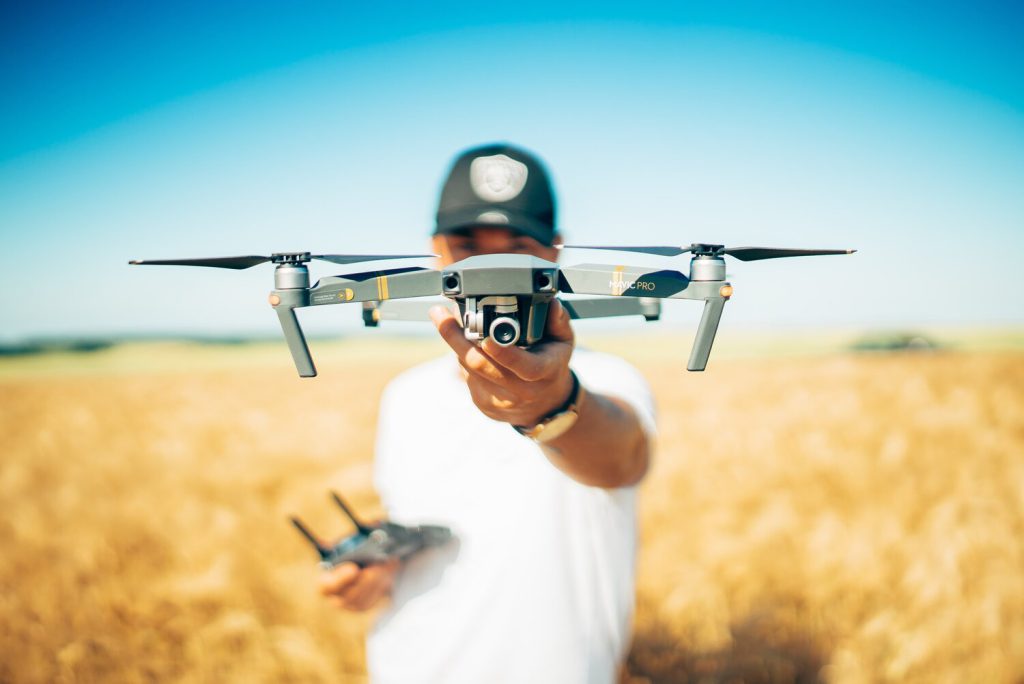
It goes without saying that to start with drone photography, it’s key to get the right equipment. However, a quick search online will show you just how many types and models are out there, which can make this first step a little bit overwhelming. The drones featured on Adorama highlight how there are two main types available: those that you can attach your own camera to and the ones that come with their own built-in camera. It’s best to start with the former since they’re usually much lighter, and therefore easier to operate. Once you get the hang of things, you can switch to the latter with an advanced built-in camera. It’s important to note, though, that you should opt for an action camera like a GoPro or a compact mirrorless camera like those developed by Olympus and Panasonic instead of a bulky DSLR model. This way, you’ll have an easier time lifting your drone up in the air. Another key piece of equipment that you’ll need is a gimbal, which is essentially a harness or frame that’s attached beneath the drone. The gimbal will carry the camera in a safe and stable position so you can maneuver the drone to your desired direction. Lastly, you should consider investing in extra batteries. This is because frequent charging can cause your drone’s batteries to overheat. To this end, using your batteries in rotation lets them properly cool off after each use.
WHAT SHOULD YOU KNOW BEFORE SHOOTING
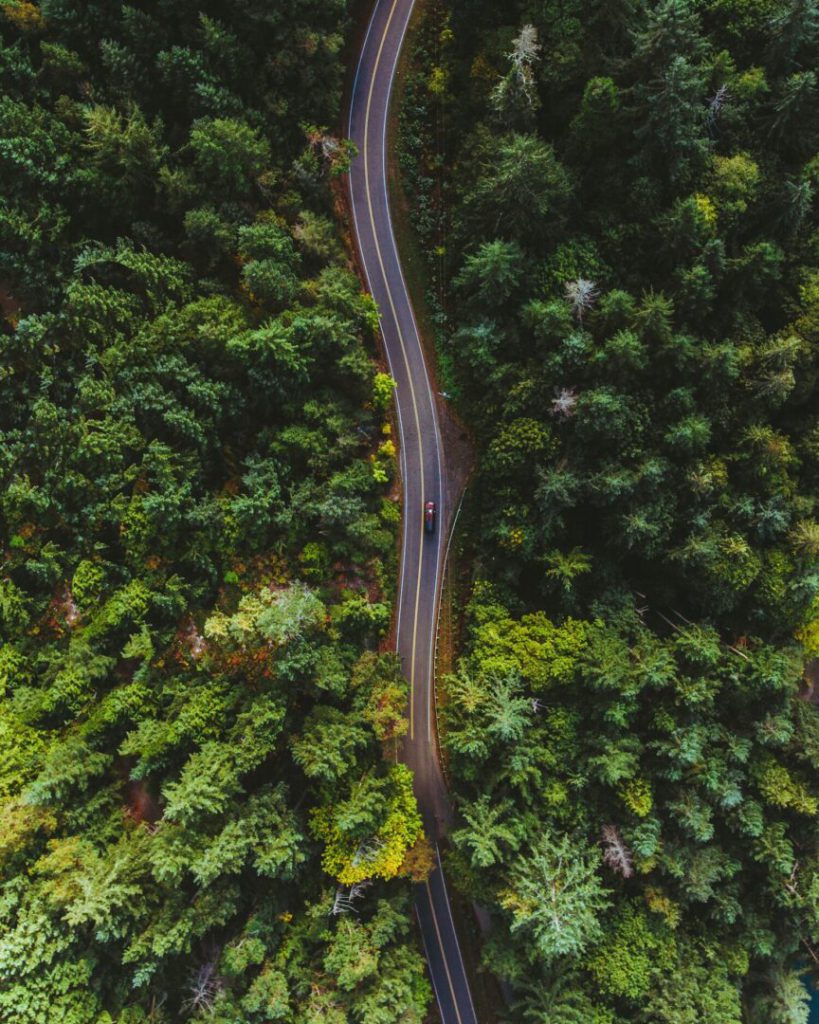
Since these flying cameras are some of the most modern gadgets out there, keeping the following tips in mind will help you get the right shot with your drone. Know the Rules and Regulations Due to their sophisticated technology, there are many rules and regulations for drones. Case in point: Even if they appear to be all the rage these days, drones aren’t allowed in some places — a lesson you might learn the hard way in places like the Arenal Volcano National Park. So, be sure to do your research about your location before taking your drone out for a flight. Moreover, if you’ll be profiting from your drone photos, you’ll need to obtain a certificate from the Federal Aviation Administration.
STUDY THE DRONE CONTROLS
While practicing drone photography is fun and exciting, don’t forget that this is a serious pursuit. You must take the time to study the controls on your device. For instance, your drone has different flight modes — from standard and advanced, to manual and even 3D mode. Knowing the ins and outs of your device’s settings will not only make all the difference for your photos, but the condition of your drone as well.
SHOOT IN RAW FORMAT
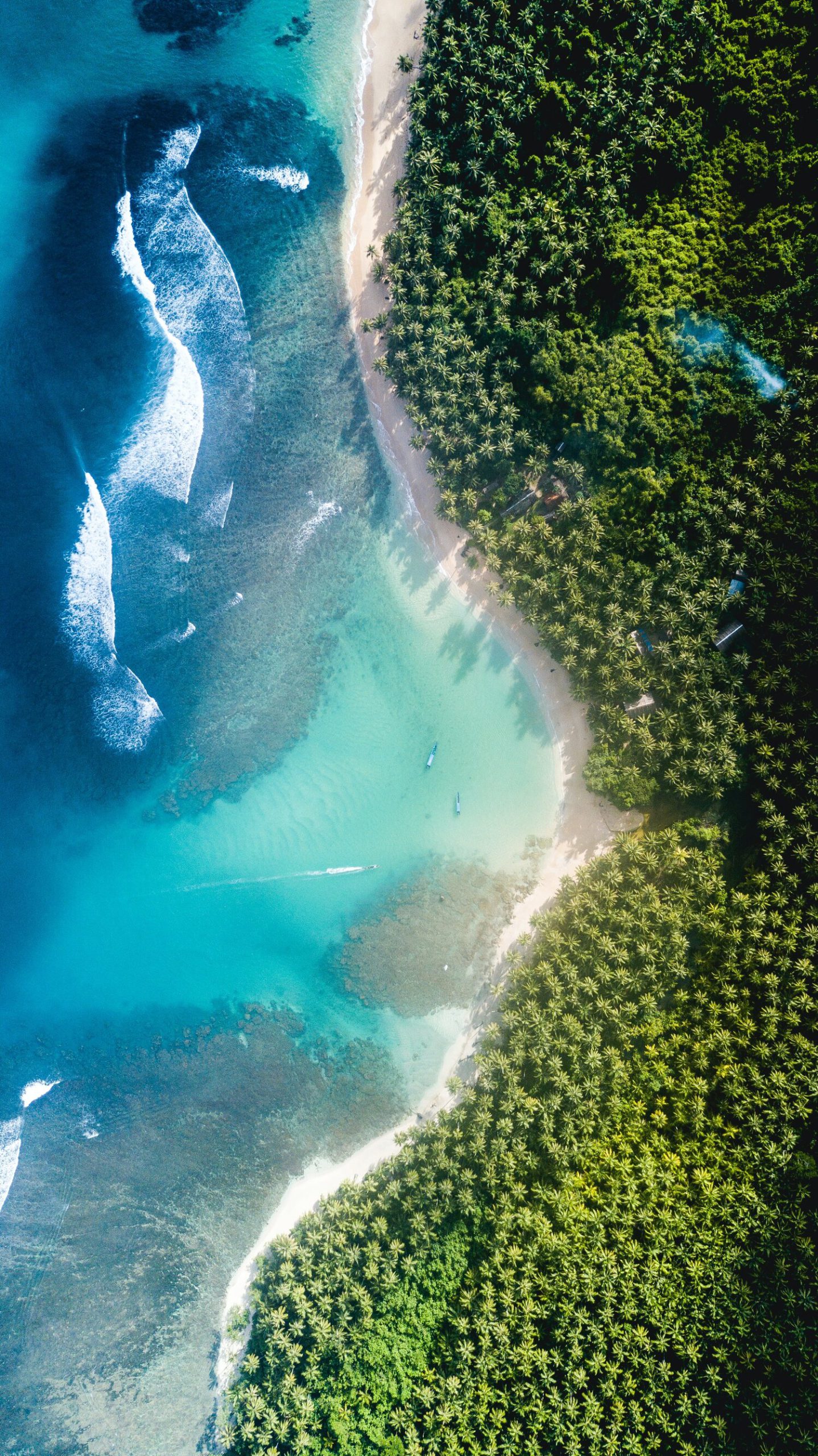
Drone photography depends heavily on photo-editing software to enhance the elements of your shots. To bring out the best in your drone photos, you should capture them in RAW format. In contrast to JPEG, Peta Pixel notes that this lets you see the lighting nuances in your shots much clearer during post-processing. From adjusting the exposure to correcting colors, shooting RAW is essential for maintaining creative control.
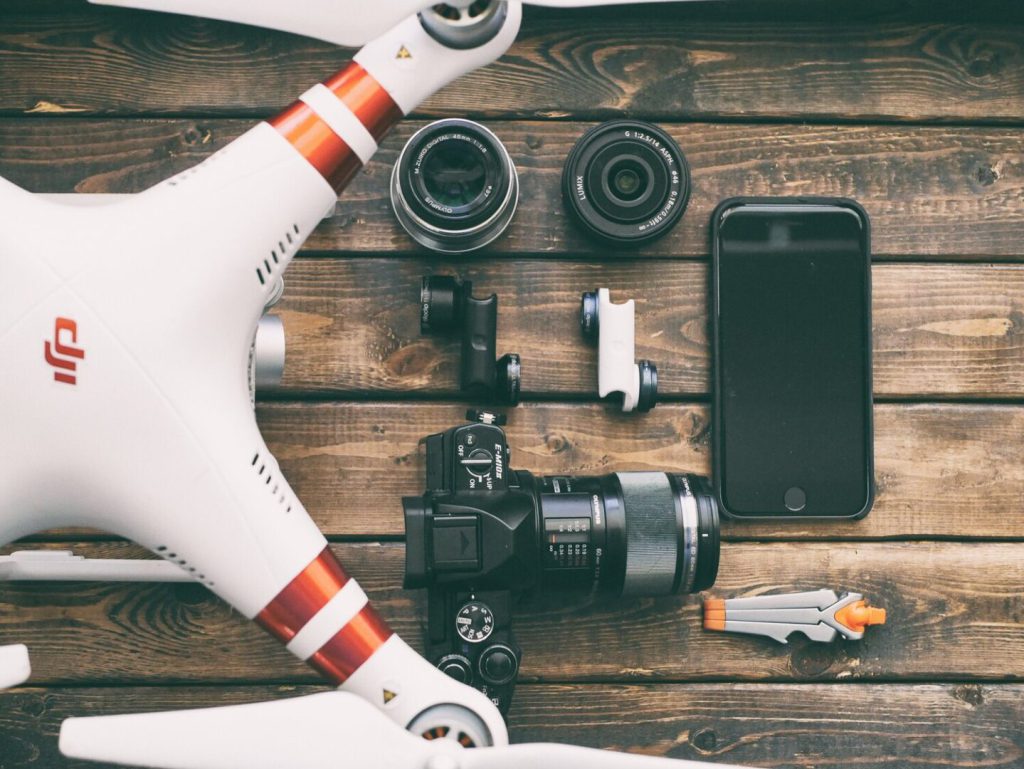
When it comes to digital cameras, the 3:2 aspect ratio is most commonly used among photographers. For drone photos, however, veer from this and use the 16:9 or 4:3 aspect ratio, instead. Expressing your photos in either of these sizes will elevate your photos because of its wider format. This, in turn, produces a breathtaking panoramic effect that will bring your drone shots to life.
Do you have any drone photography tips you’d like to share from your own travels? Let us know in the comments section below!

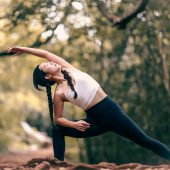
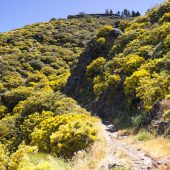








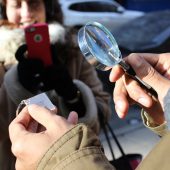
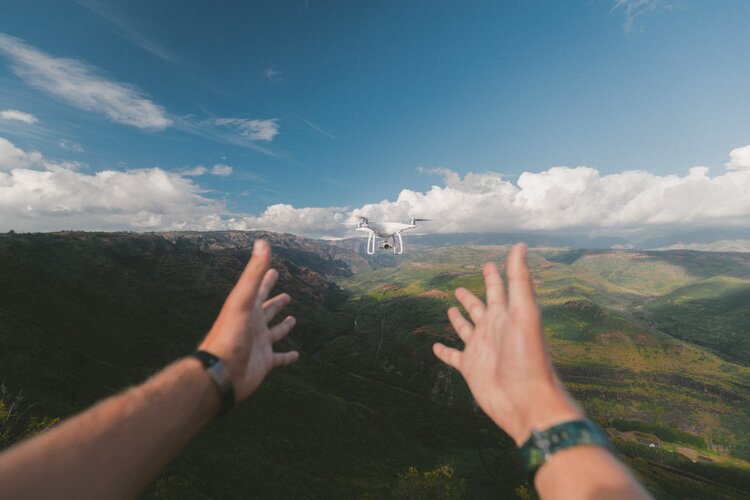

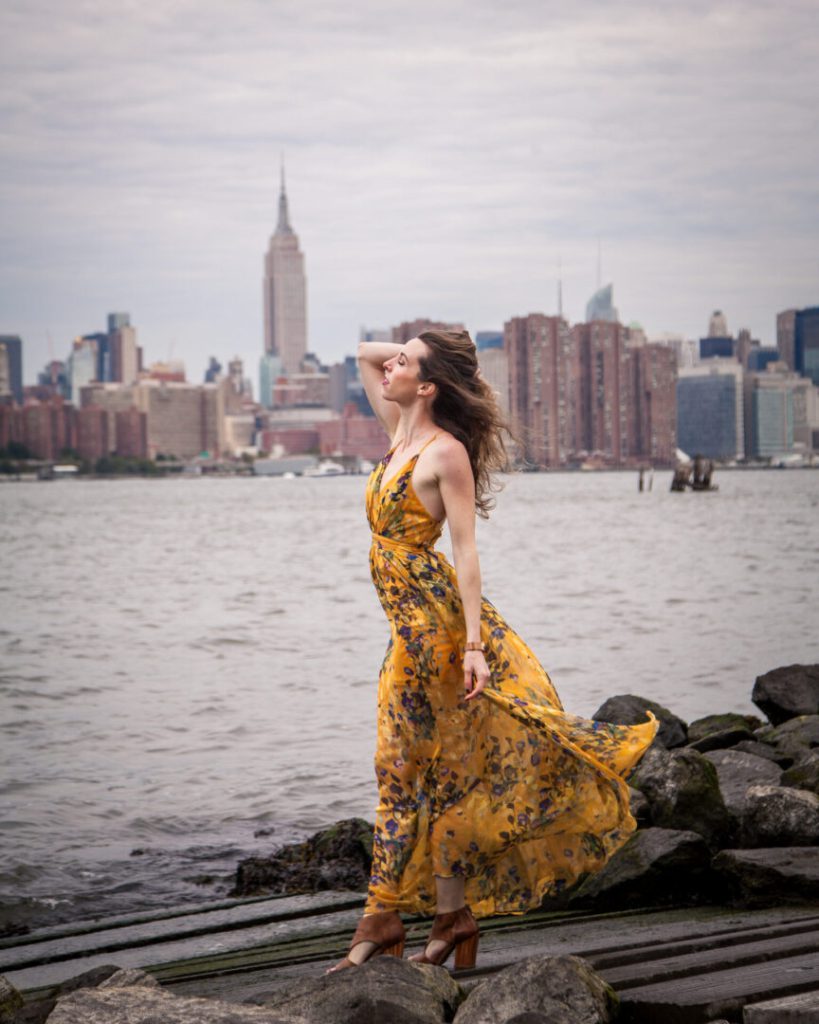
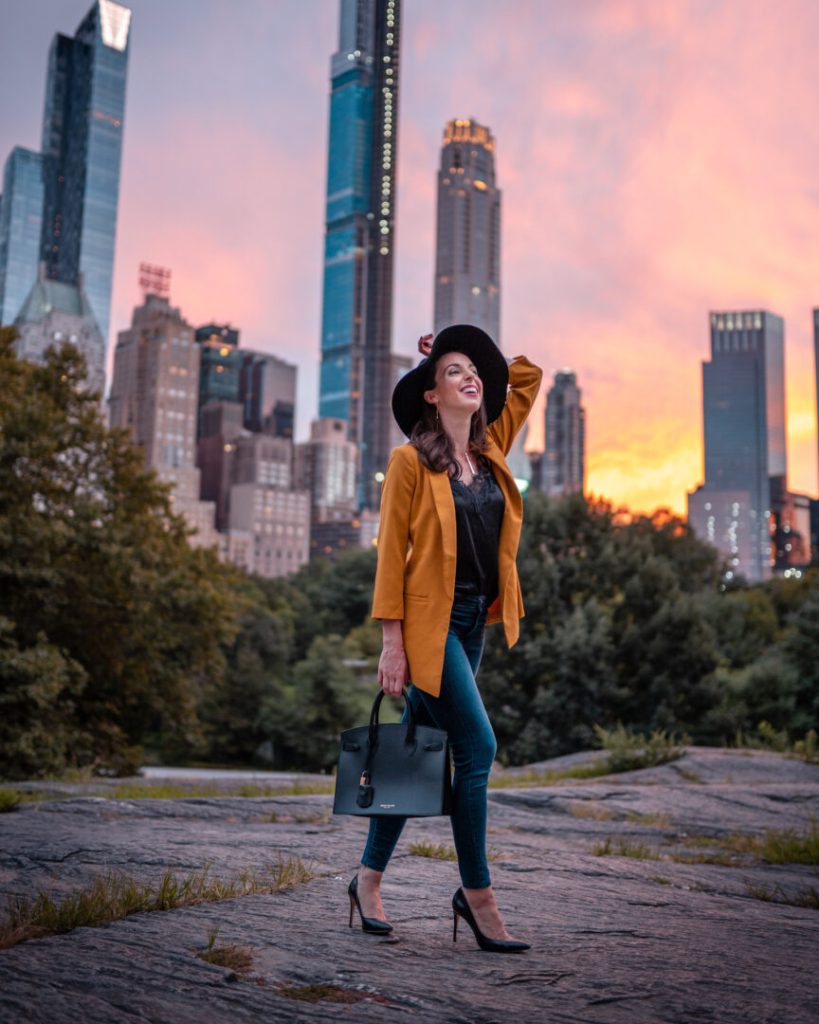
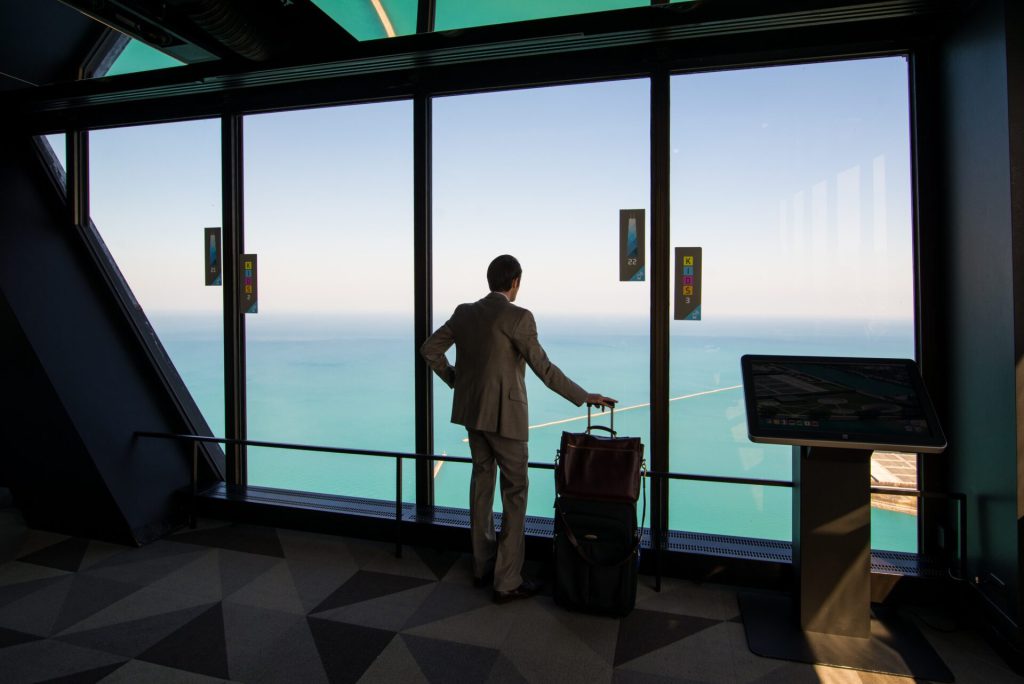
This site is protected by reCAPTCHA and the Google Privacy Policy and Terms of Service apply.